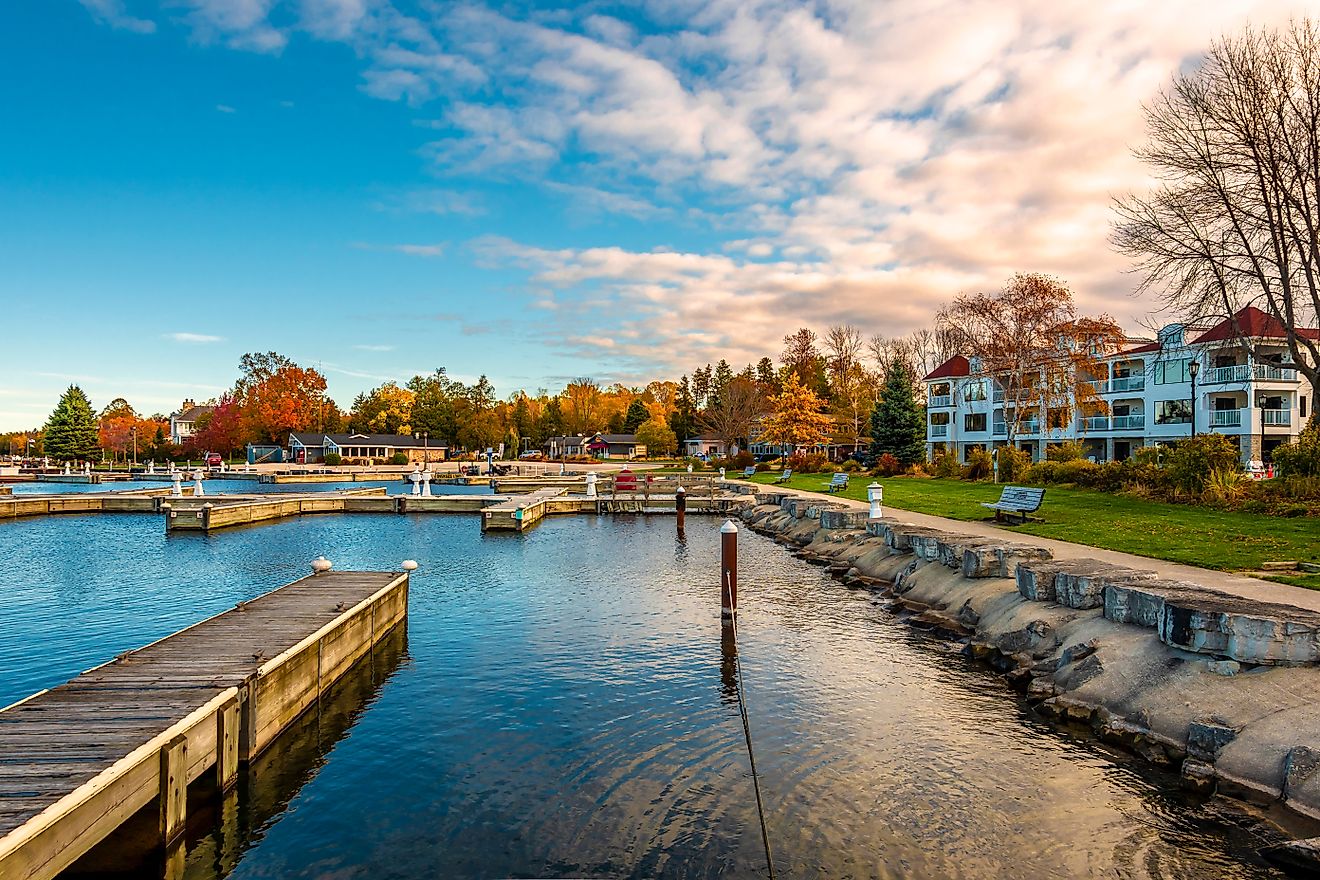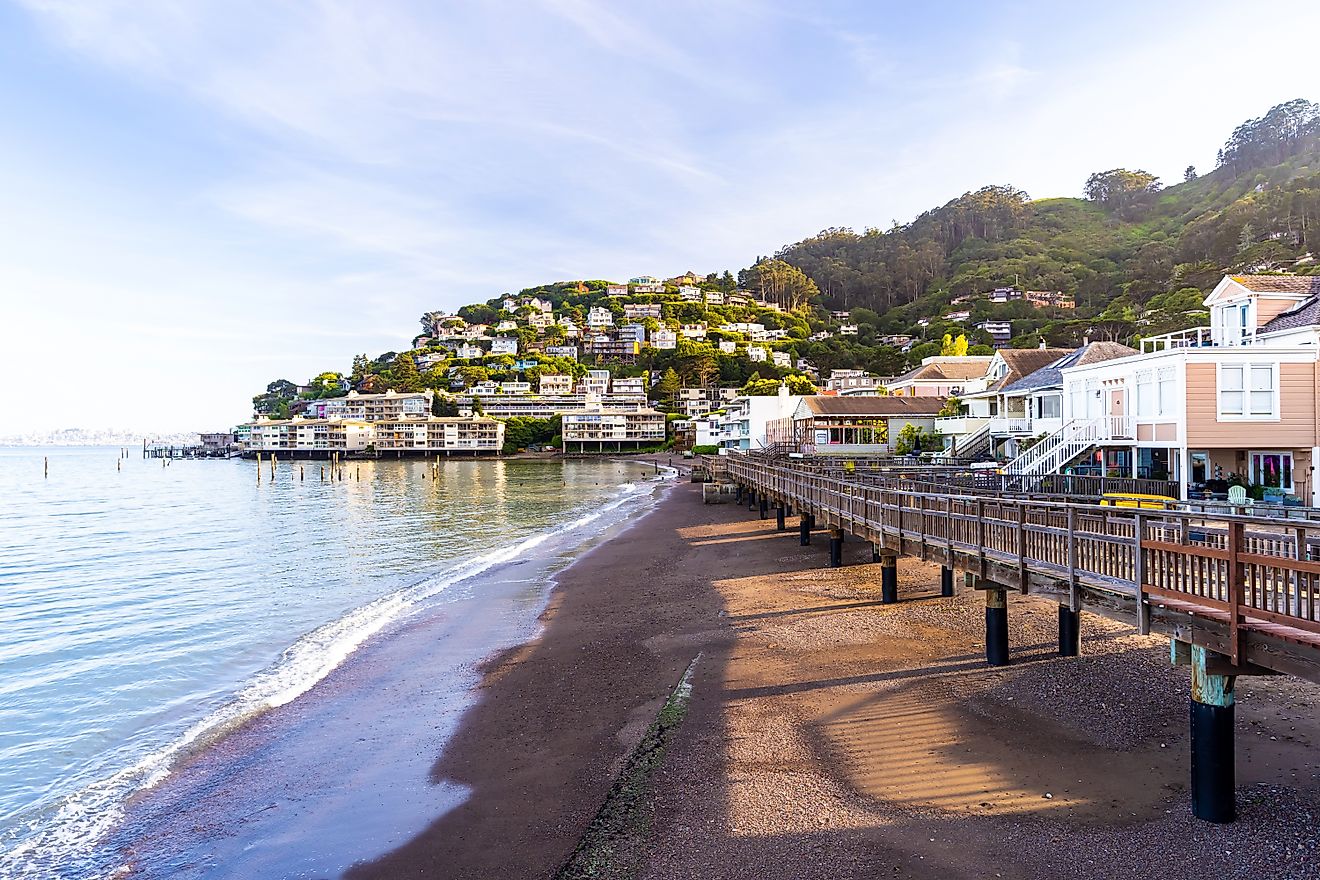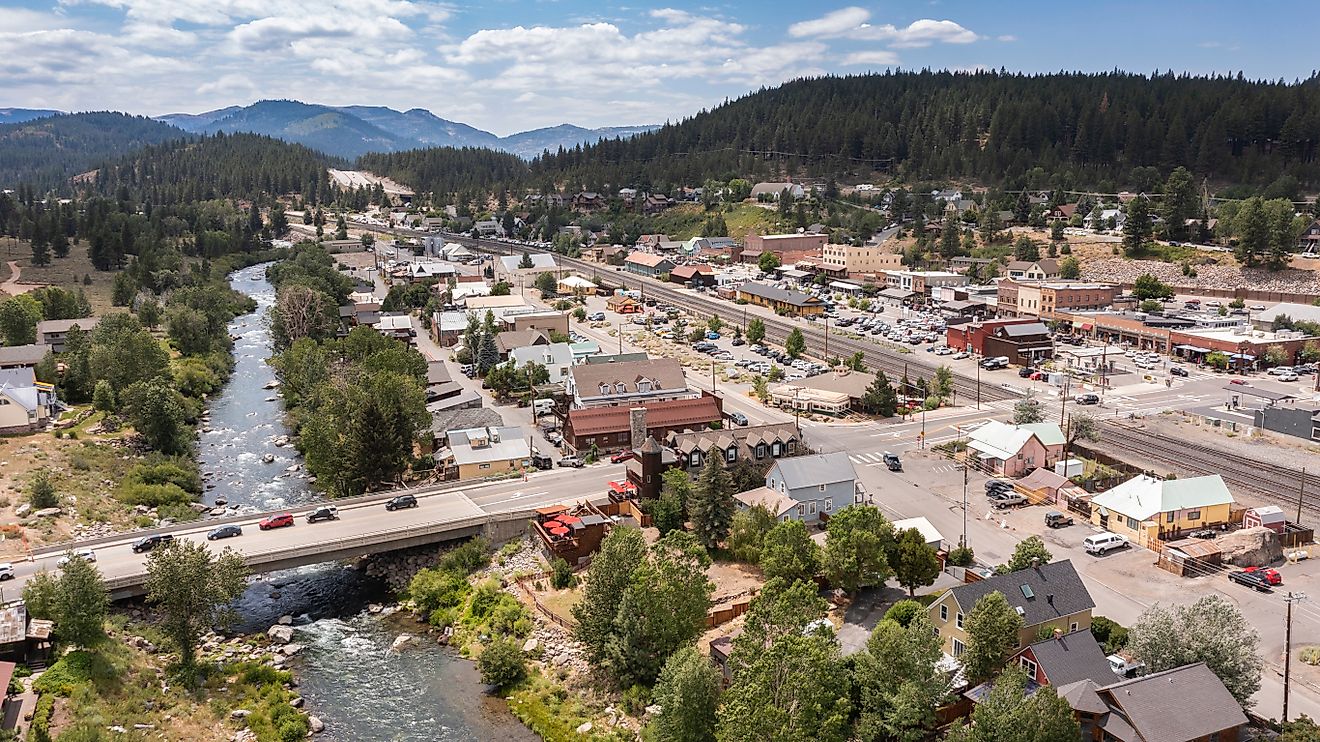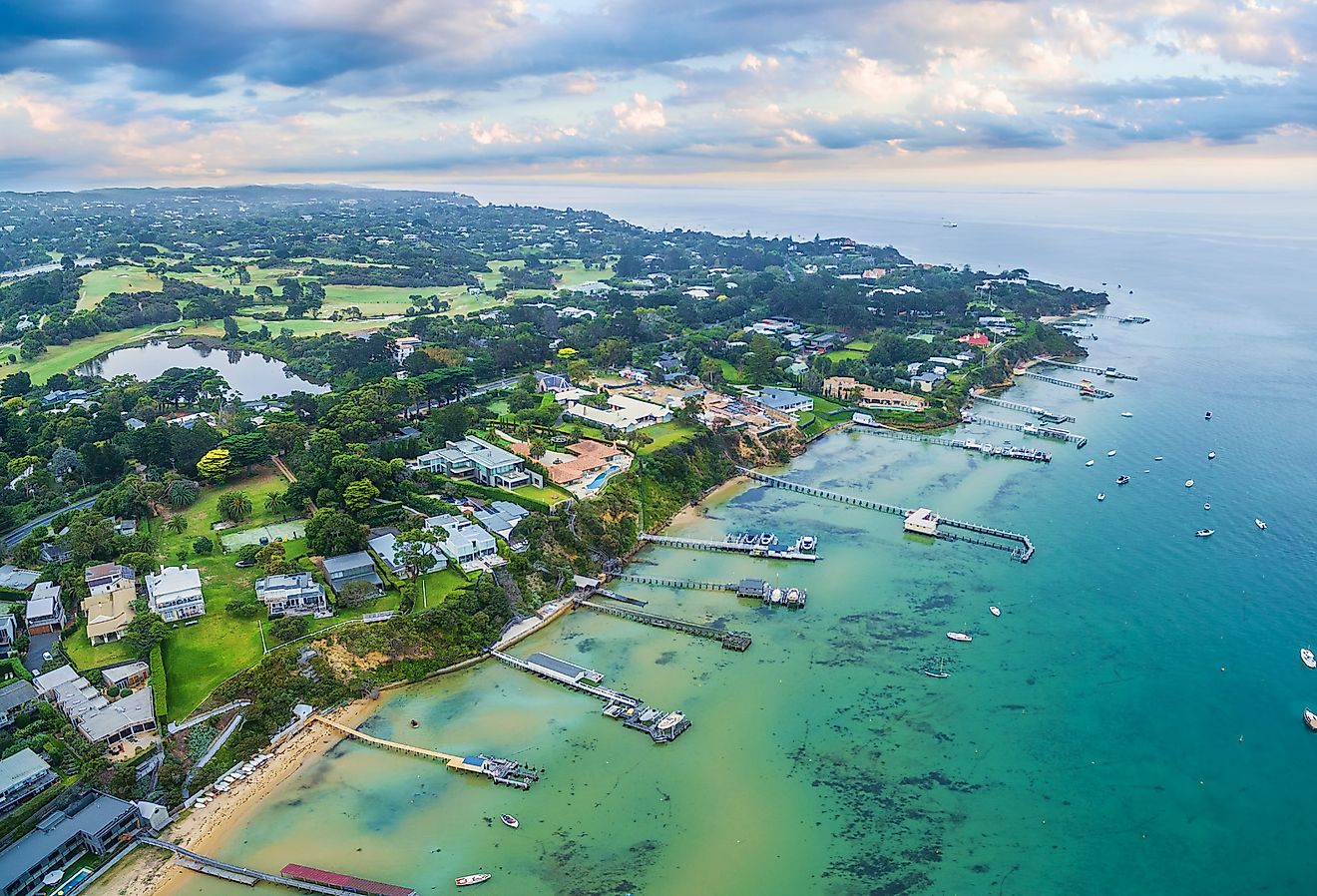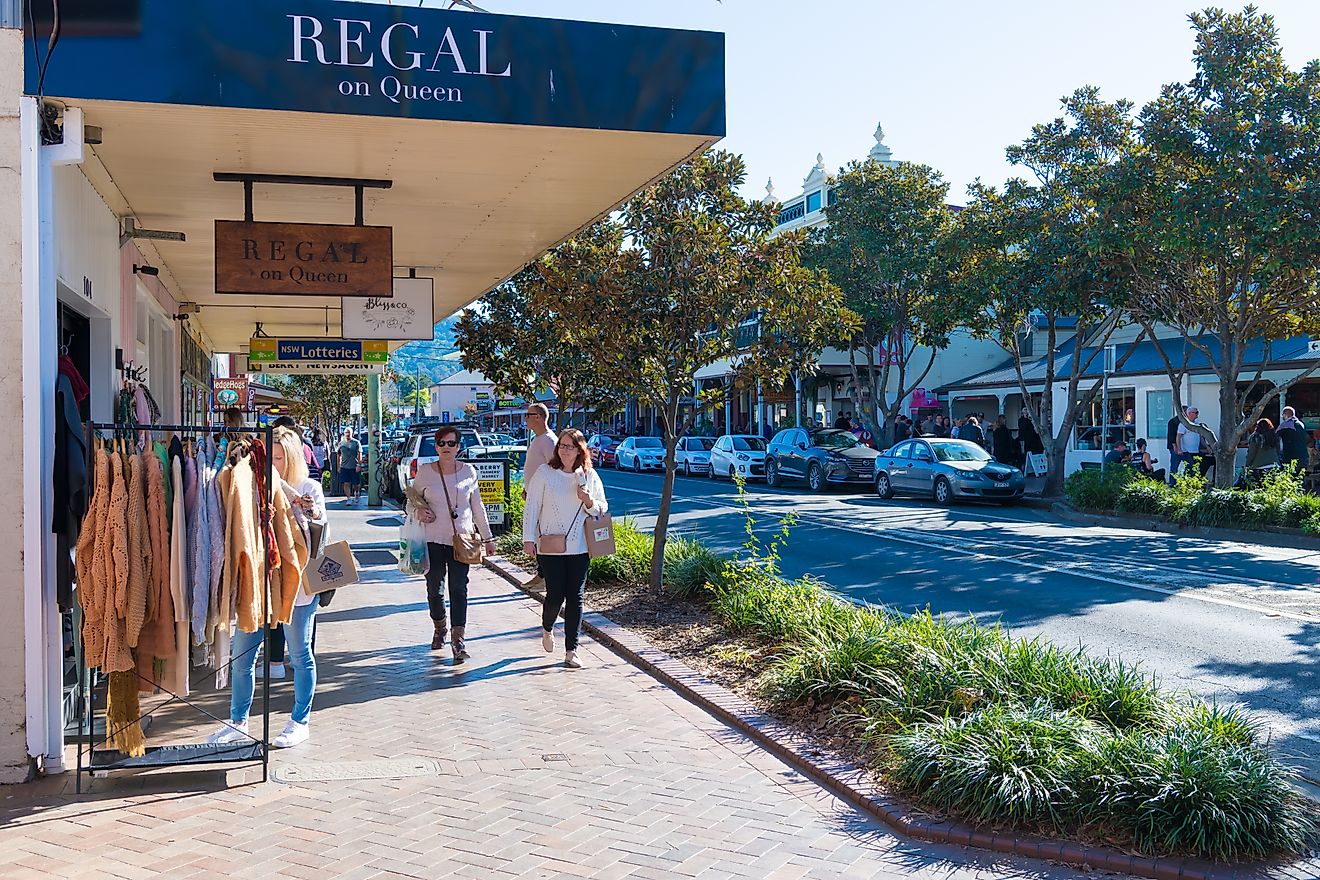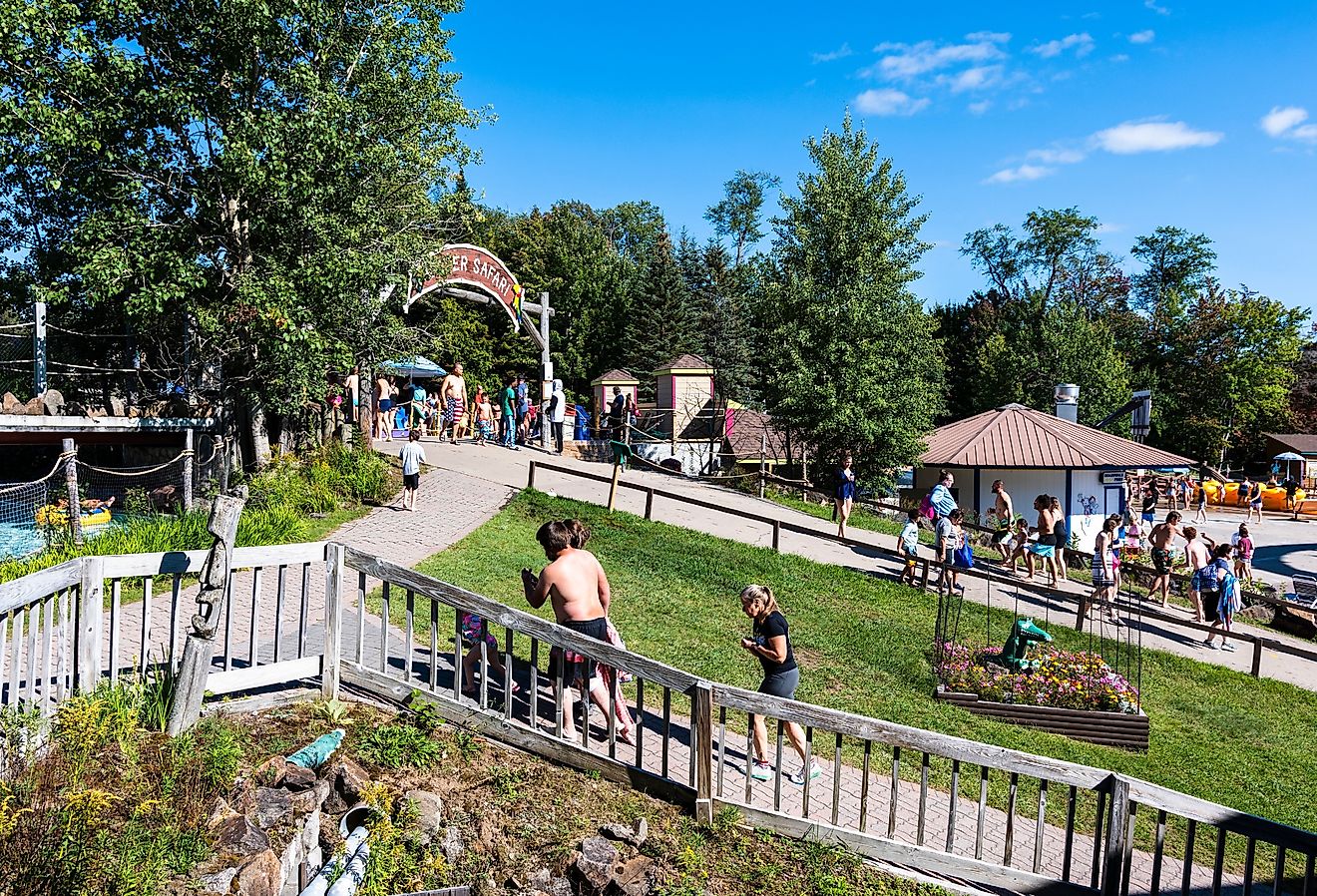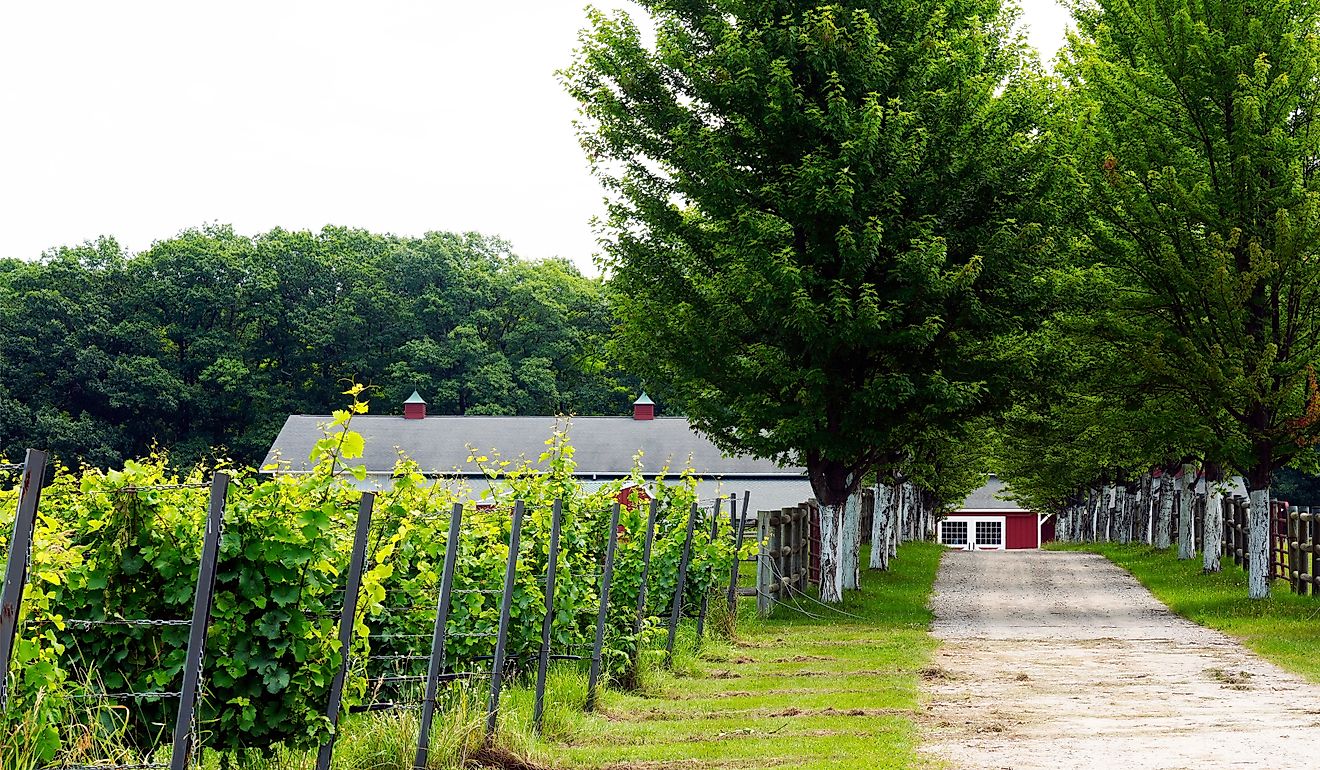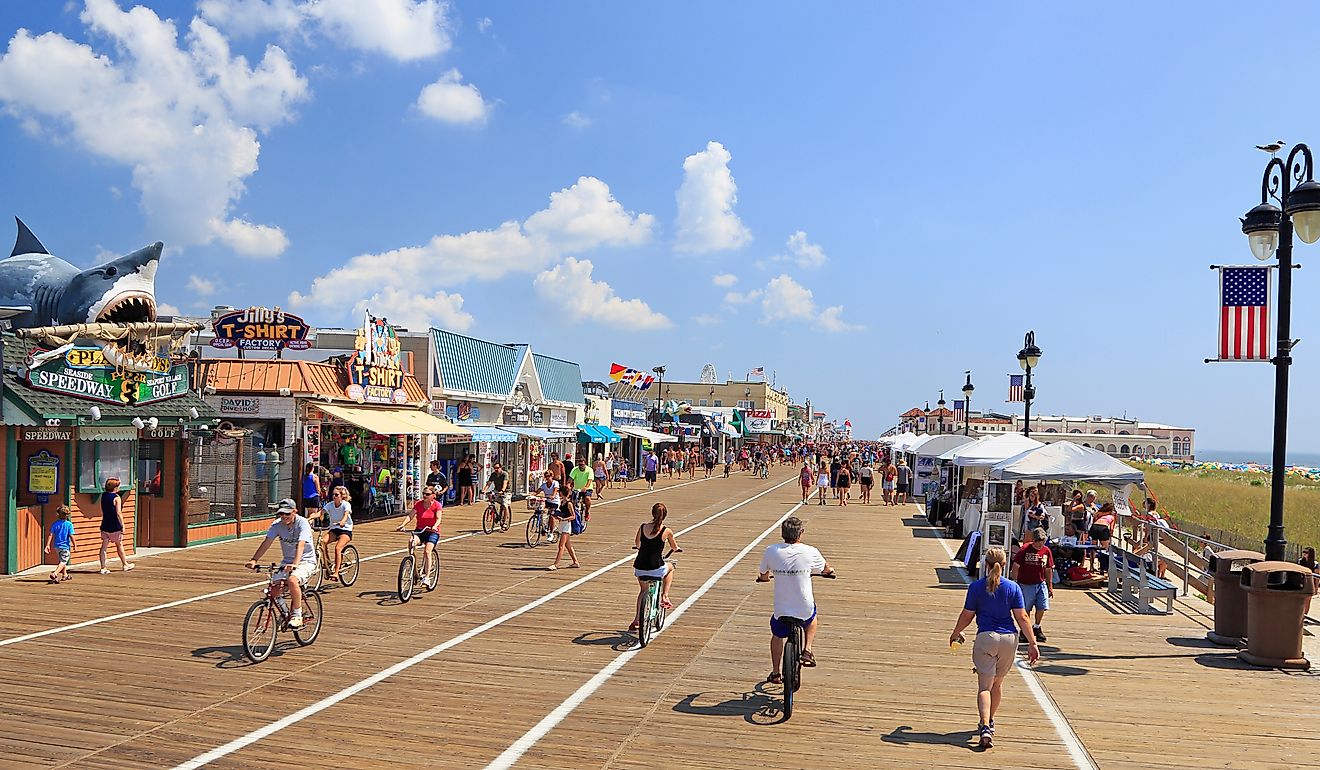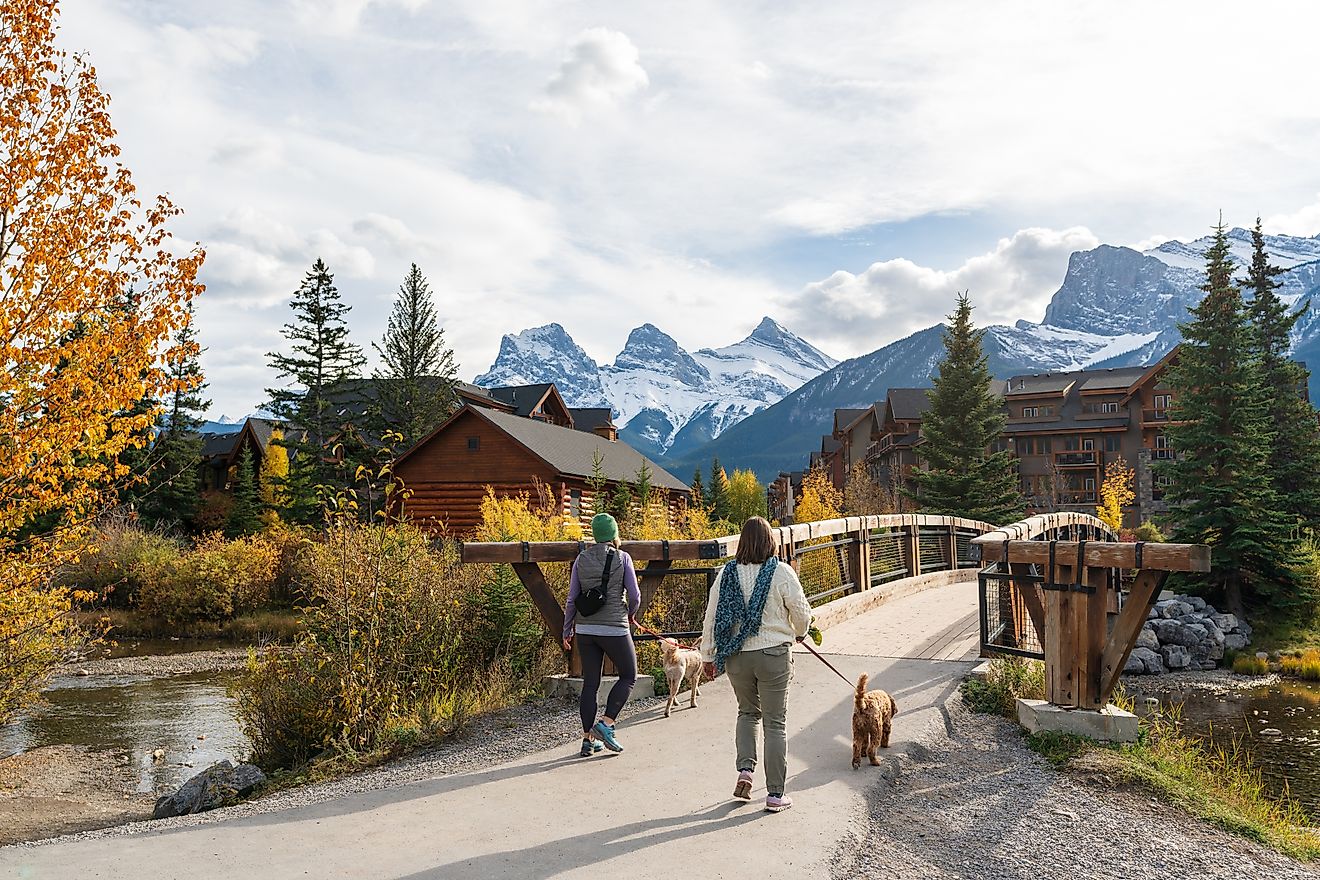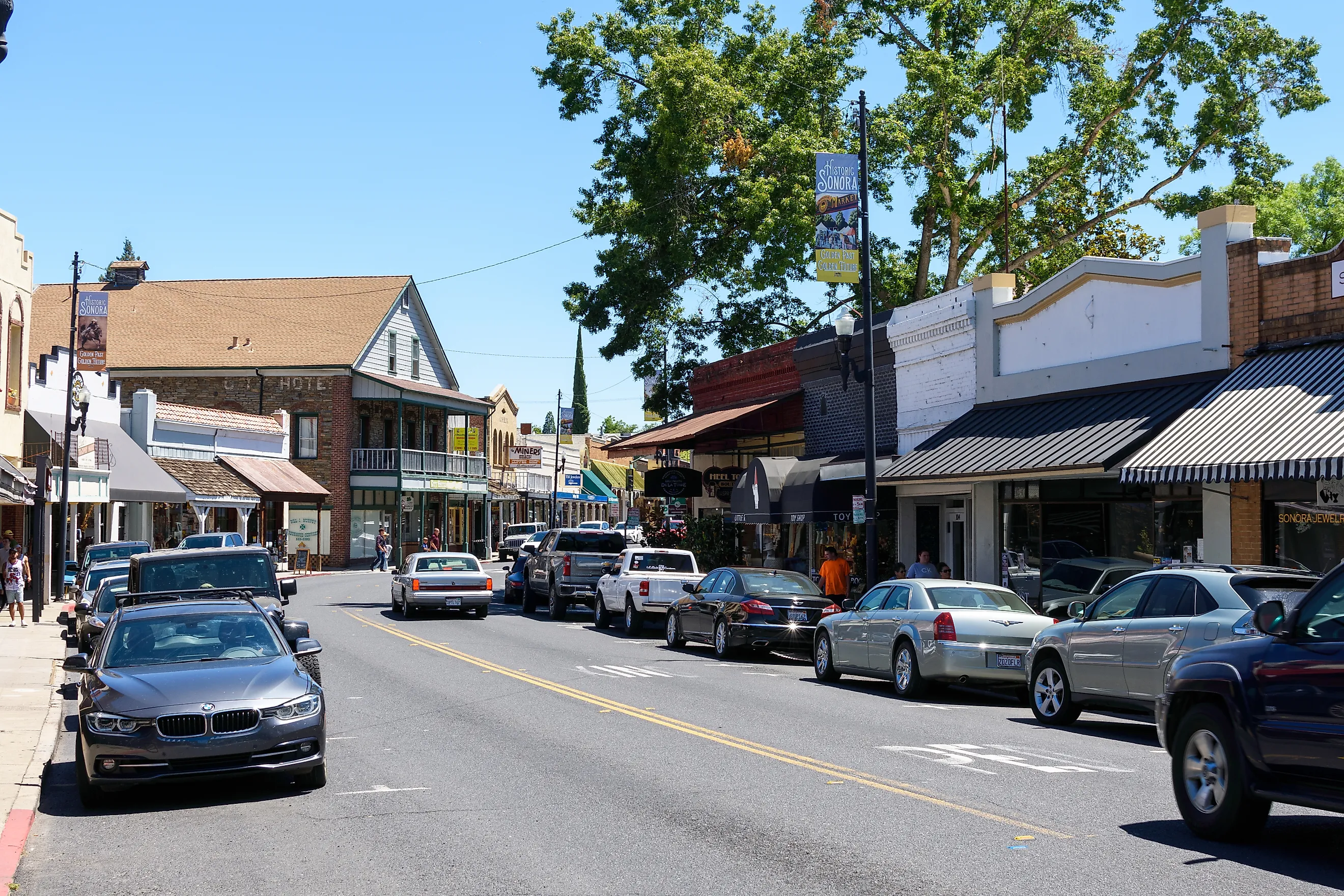
9 Best Towns In California To Retire Comfortably
Hollywood paints California in neon surfboards and celebrity Teslas, but ask a retired locomotive engineer in Tehachapi or a former school-nurse in Fortuna and you’ll hear a quieter refrain: predictable sunsets, walkable main streets, and property taxes that don’t steal the pension check. The Golden State hides pockets where the cost of living tilts in your favor, hospital corridors stay within a ten-minute drive, and winter means a light jacket instead of a full-blown furnace bill.
We've listed 9 communities scattered from wind-turbine ridges to fog-stained docks, each offering a distinct brand of comfort without the metropolitan price tag. Read on to discover which California town lets you trade rush-hour for creek-side knitting, and why a weekly farmer’s-market cinnamon roll beats any beachfront condo thumbnail on your newsfeed.
Grass Valley
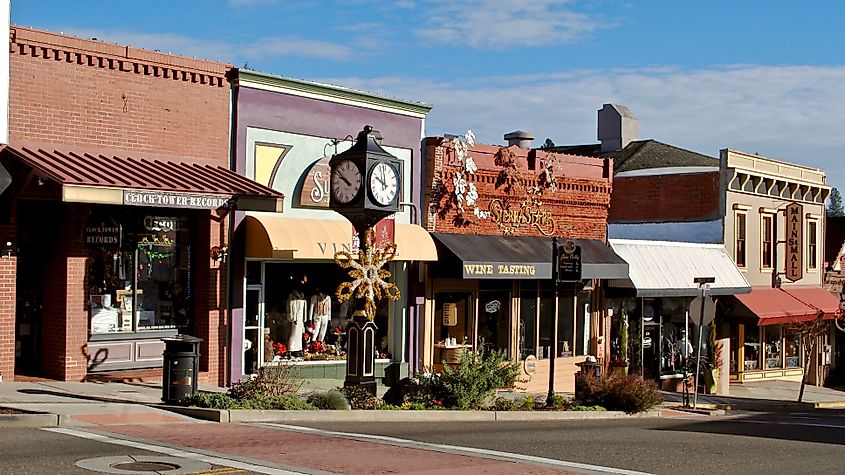
Grass Valley stands apart because its historic core isn’t just preserved; it’s still in use. The town’s gold-mining roots remain visible in its slate sidewalks and brick storefronts, but the economy now leans on tourism, retirees, and a steady calendar of community events. At the north end of Mill Street, the Grass Valley Museum occupies the old St. Joseph’s Convent, where you’ll find original mining ledgers, photos of 19th-century Cornish immigrants, and the chapel’s salvaged pipe organ. For breakfast, retirees head to Brew Bakers Café for bran muffins and local apricot jam. Entertainment means small-scale: regular film screenings at the Del Oro Theatre or classical quartets on weekends at the Center for the Arts.
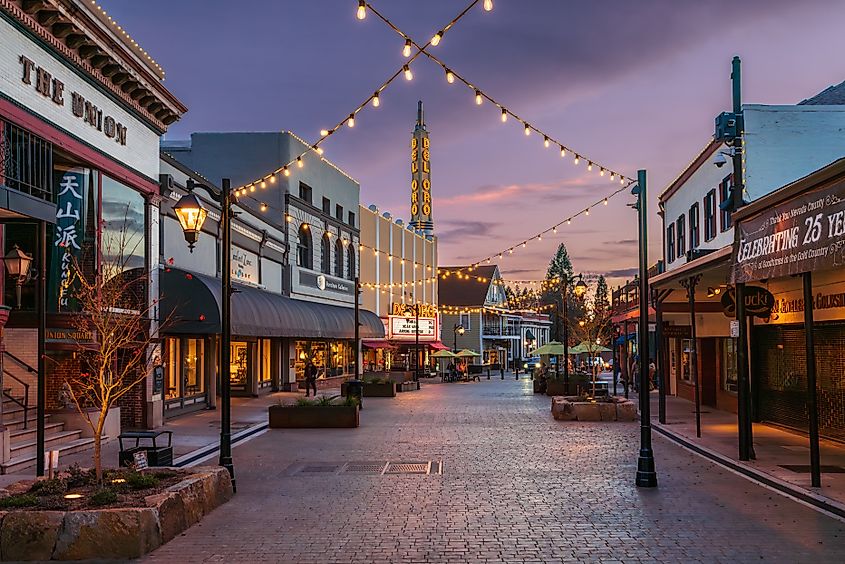
The median home price is around $517,000, with available housing including 1940s bungalows near Neal Street and newer builds off Sierra College Drive. Many older residents choose to live within walking distance of Condon Park, where the disc golf course draws daily regulars and the benches stay full until dusk. Visiting grandkids often end up at Lazy Dog Chocolateria, while local seniors take shaded walks along Wolf Creek Trail. Winter brings occasional snow, but rarely enough to disrupt routines.
Eureka
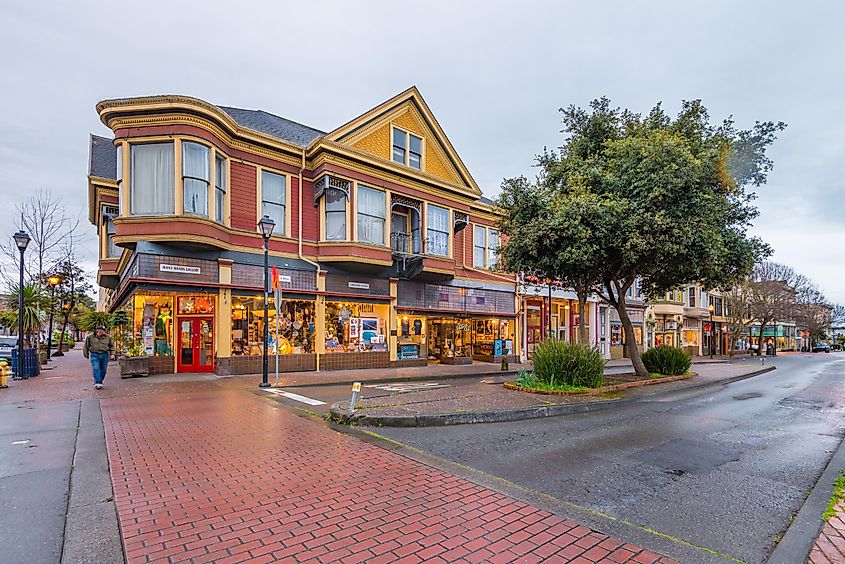
Eureka is home to the Carson Mansion, considered the most photographed Victorian house in America, but it’s not open to the public. That contrast defines the town: architectural heritage surrounded by working docks, fog, and independent-minded locals. The town’s Old Town district includes more than 150 restored buildings, but residents often skip the tourists and head to Ramone’s Bakery for a plain scone and coffee before walking the length of the boardwalk along Humboldt Bay. Just inland, the Clarke Historical Museum offers exhibits on the Wiyot people and gold-era artifacts, housed in the former Bank of Eureka building.
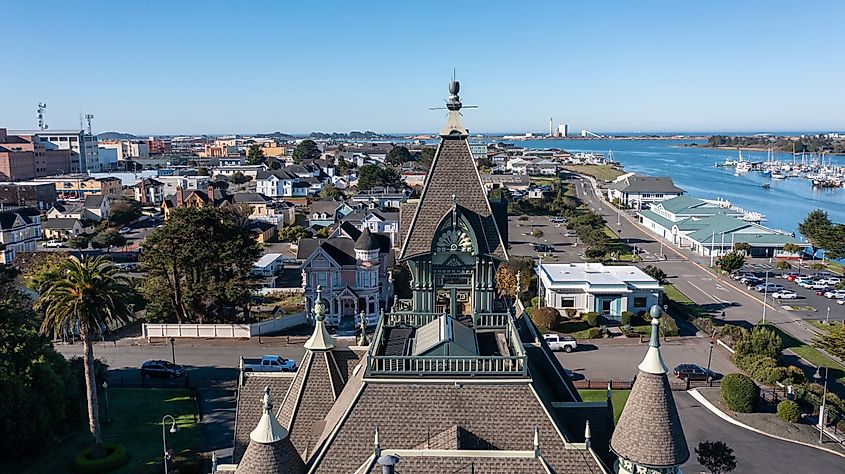
Eureka’s median home price is about $415,000, significantly below the state average. Single-story craftsman homes dominate Henderson Center, a walkable district near Providence St. Joseph Hospital. Sequoia Park Forest and Garden remains a local mainstay: the park includes over 60 acres of redwoods, a pond, and frequent community events. On the first Saturday of each month, the Morris Graves Museum of Art offers live classical performances in the rotunda. The climate rarely reaches extremes, and retirees who value routine, access to care, and a rooted sense of place often stay here for good.
Fortuna
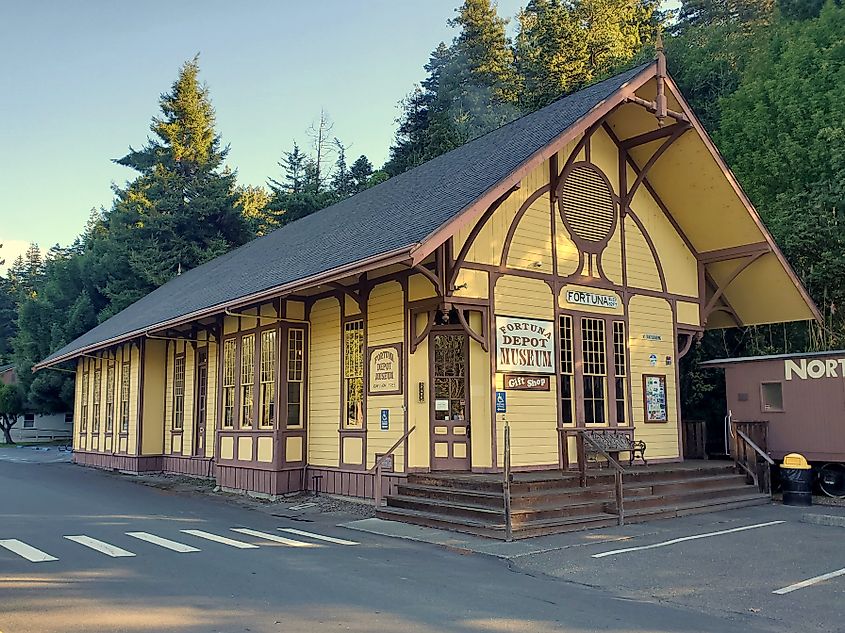
Fortuna’s namesake isn’t luck but a 19th-century survey marker carved into a sandstone boulder along the Eel River, still visible in Pioneer Park. The town incorporated in 1906 to harness river access for logging and agriculture, and today that same riverfront defines local life. At the old Northwestern Pacific depot, the Fortuna Depot Museum displays turn-of-the-century logging tools and photographs of “Redwood Hurrah” festivals. Each morning, retirees head to Common Ground Coffee House on Main Street for drip coffee and the housemade cinnamon rolls before joining knitting circles in the adjoining reading room. Trish’s Out-of-the Way Cafe, tucked on School Street in Fortuna, dishes cinnamon rolls, beloved eggs Benedict, and cozy small-town warmth locals cherish daily.
The median house price is $414,489, with ranch-style homes near Sycamore Street and craftsman bungalows off Riverwalk Drive. For recreation, anglers cast from the bench docks of Elk River Park. On weekends, the Avenue of the Giants Historic Parkway offers a two-mile walking tour through old-growth redwoods, with interpretive panels at Founders’ Grove. The town’s annual Oyster Festival in September draws former residents back to sample Humboldt Bay harvests.
Auburn
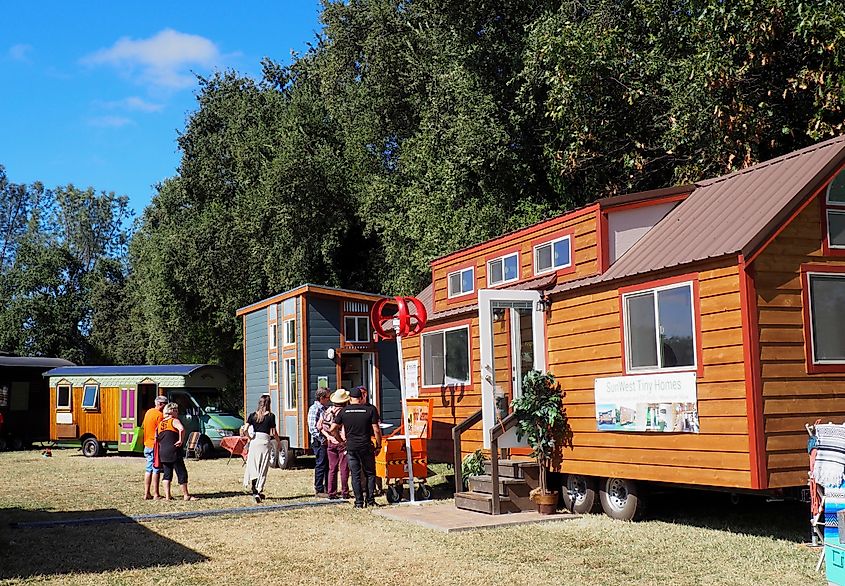
Auburn holds a federal designation as a California Gold Rush National Historic Landmark, but what sets it apart is its role as the finish line for both the Western States Endurance Run and the Tevis Cup horse race, events that bring endurance athletes and horse handlers from around the world. Retirees who don’t run still gather each June at Central Square to watch competitors descend from the canyon trails into town. The Placer County Museum, housed in the old courthouse, displays mining-era jail cells and original court ledgers. Most mornings begin at Depoe Bay Coffee Company on Lincoln Way, where long-timers order dark roast and sit along the edge of Herschel Young Park.The median home price in Auburn is $637,073. Houses range from 1950s ranch homes off Nevada Street to custom builds near Hidden Falls Regional Park.
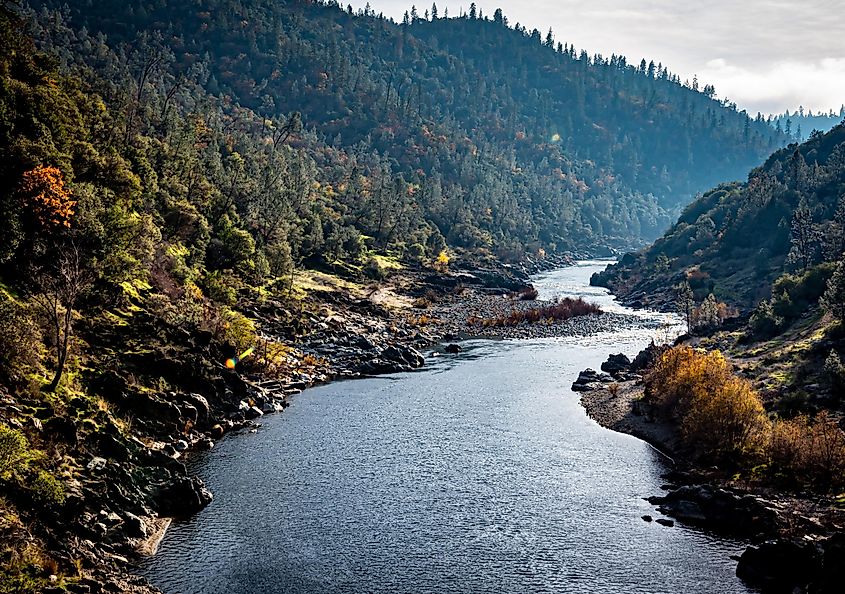
Dining options are concentrated in Old Town, with retirees favoring Carpe Vino for prix fixe dinners and Auburn Alehouse for halibut tacos and IPA samplers. Local painters and woodworkers show work at Auburn Old Town Gallery, a co-op space open daily. The 31-mile canyon loop along the American River remains popular for those still able to hike, and benches at the overlook fill early on clear days.
Rio Vista
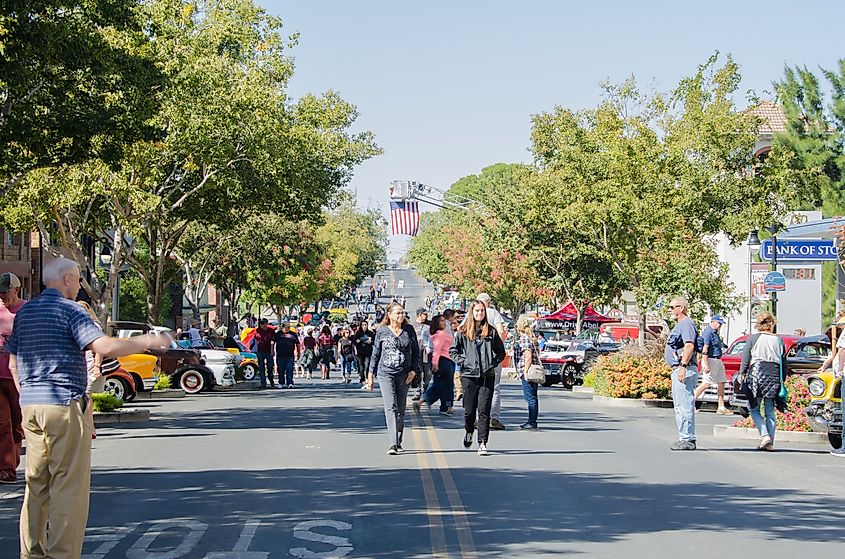
Rio Vista is the only California town where a humpback whale once spent over a week in the Sacramento River, drawing national media and daily crowds. That event, 2007’s “Delta Dawn,” still gets mentioned at the Rio Vista Museum, which also houses ferry logs, antique fishing tackle, and a full-scale replica of the town’s 1940s grocery counter. The town’s location on the Montezuma Slough puts retirees within walking distance of levee paths and drawbridge views. Breakfast regulars gather at The Point Restaurant for black coffee and scrambled eggs, watching barges move under the Rio Vista Bridge.
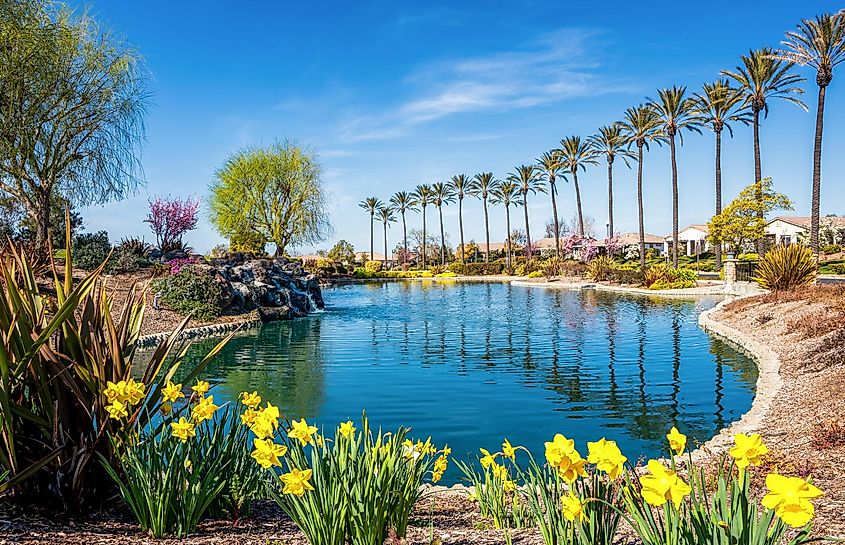
The median home price in Rio Vista is $478,355. Most retirees settle in the Trilogy 55+ community, where the single-level homes back onto vineyards or walking trails. The Rio Vista Farmers Market runs Saturdays beside Main Street, with retirees often buying from Dixon’s Produce stand. Afterward, many stop by the RioVision Gallery to browse local photography. The waterfront promenade behind City Hall offers shaded benches and pelican watching at high tide. Each October, the Bass Derby and Festival shuts down Front Street and draws families, vendors, and boaters from across the region.
Tehachapi
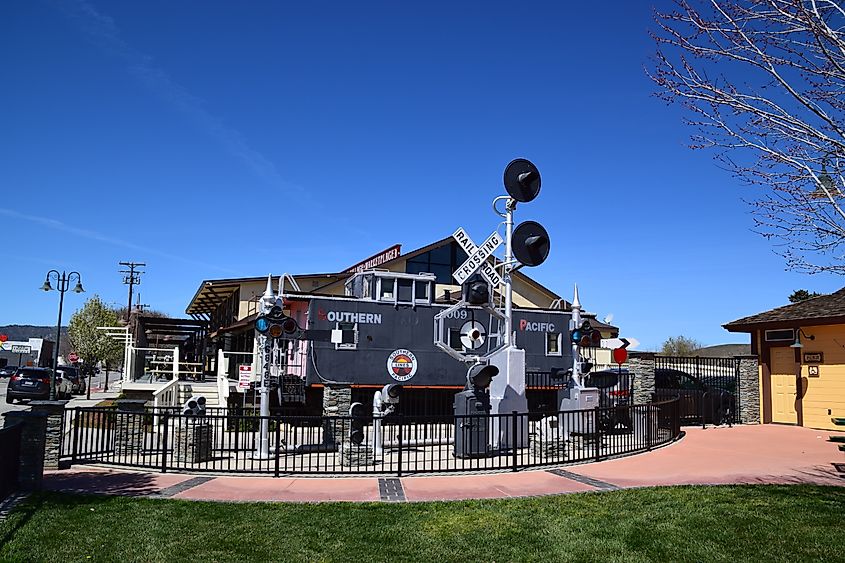
Tehachapi claims the world’s first wind farm, built along its ridges in 1981, a testament to its pioneering spirit and 4,000-foot elevation. Retirees often mention the longevity of its rail “Loop” tracks, built in 1876, where steam engine tours still pass. The Tehachapi Museum displays memorabilia of the railroad and early local aviatrix Olive Ann Beech.
The median home price in Tehachapi is $429,000. Housing options include mid-century ranch homes near Monte Vista Drive and newer single‑story plans in the Golden Hills subdivision. Outdoor activity options include walking the 4.5-mile Tehachapi Mountain Trail Loop from Fiddleneck Gate trailhead and spending afternoons at Cecil M. Jackson Park fishing at the pond or watching resident quail. The Tehachapi Loop Vista Point, 18 miles southwest, draws retired rail fans who set up picnic blankets to hear and see both freight and vintage trains navigate the spiral track each afternoon.
Sonora
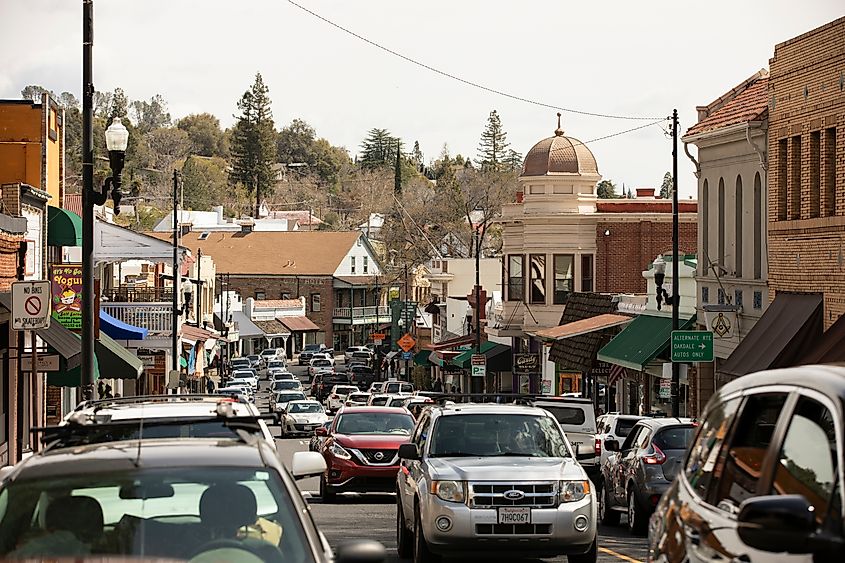
Sonora’s fire bell still rings daily from the old courthouse tower, a ritual that dates back to the 19th century and remains one of the town’s most distinctive habits. Originally settled by Mexican miners, Sonora retains narrow brick streets and a street grid shaped by foot traffic, not planning. The Tuolumne County Museum, housed in the former county jail, includes detailed records of Gold Rush crimes, Chinese herbalist tools, and hand-carved woodwork salvaged from long-demolished shops. Retirees often begin their day with some morning book talk at the Sonora Main Library on Green Street. The nearby Sierra Repertory Theatre, located in the historic Fallon House, stages year-round performances, often drawing from regional history.
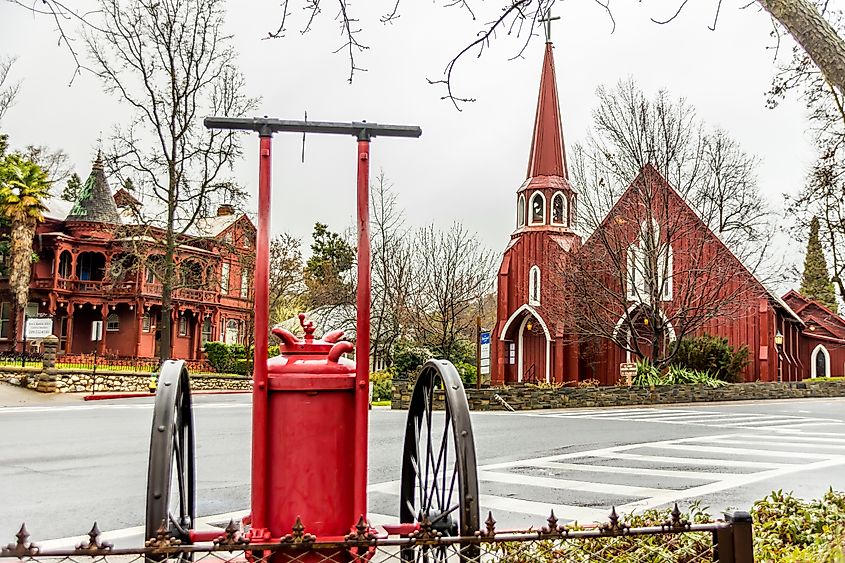
The median home price in Sonora is around $419,000. Available properties include modest ranch-style homes near Dragoon Gulch Trail and restored Victorians east of downtown. Most retirees take morning walks at Indigeny Reserve, a cider orchard and nature preserve with shaded paths and picnic spots. For lunch, The Diamondback Grill serves turkey avocado sandwiches and soup specials. On Saturdays, locals attend the Farmers Market near Stewart Street, where heirloom tomatoes and handmade ceramics sell out by noon.
Bishop
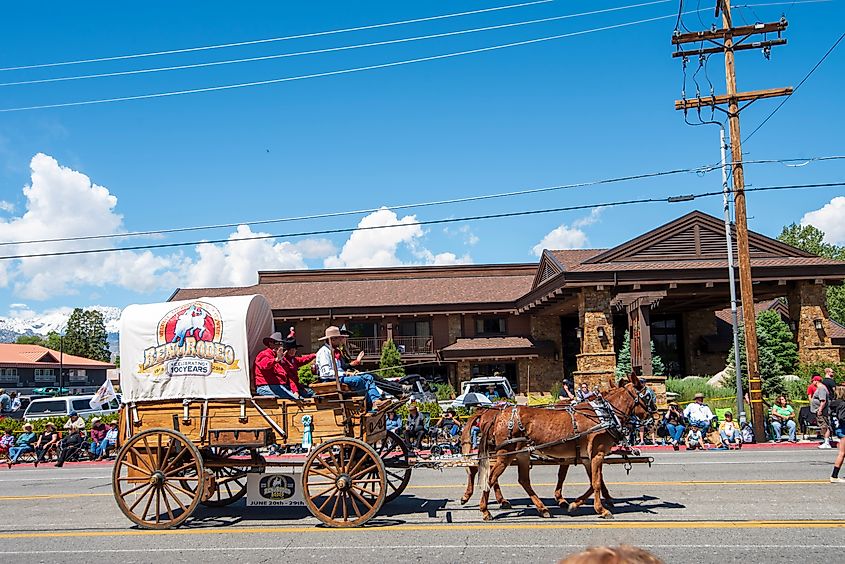
Bishop holds the highest number of world-class bouldering sites within walking distance of a post office. Climbers come for the volcanic tablelands, but retirees stay for the clear air, slow pace, and Owens Valley views. On Wednesdays, the Laws Railroad Museum opens early for volunteers cataloging 20th-century farm equipment and Southern Pacific ledgers. Jack’s Restaurant on Main Street serves poached eggs and sourdough toast by 7:00 a.m., and by 9:00 the booths are full of retired ranchers and schoolteachers. The Mountain Rambler Brewery hosts live folk music three nights a week and rotates a seasonal menu, grilled elk bratwurst in October, lentil stew in February.
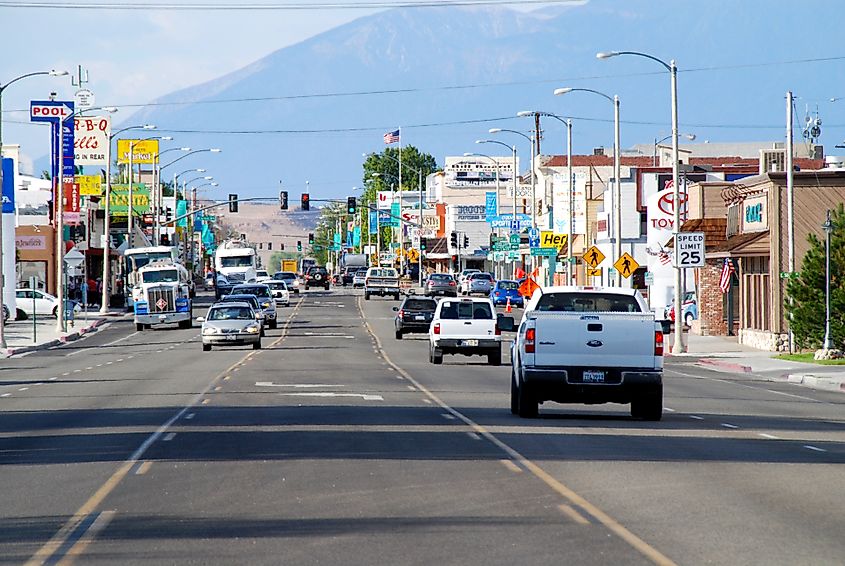
The median home price in Bishop is $571,000. Housing stock includes postwar bungalows in the West Bishop neighborhood and modular homes along Line Street. Most retirees walk at the Bishop Canal Pathway, a two-mile stretch that runs behind the fairgrounds and passes cottonwoods and alfalfa fields. On Saturdays, the Looney Bean coffeehouse hosts poetry readings with locally roasted beans sold by the pound. Winter lows drop below freezing, but snow accumulation rarely lasts more than a day.
Crescent City
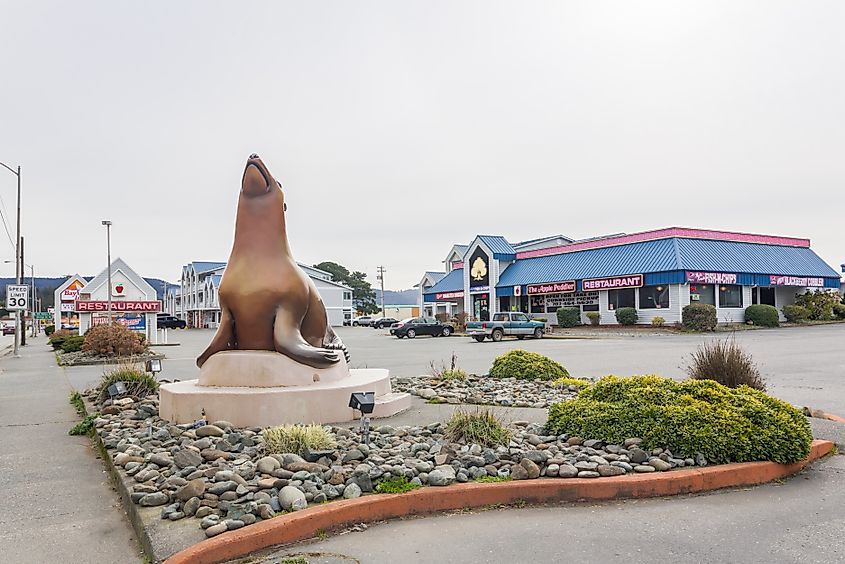
Crescent City is the only incorporated city in California regularly struck by tsunamis, the most destructive in 1964, which leveled 29 blocks. The rebuilt harbor remains active, and retirees walk the breakwater to watch sea lions haul out beneath the jetty. Battery Point Lighthouse, accessible only at low tide, holds handwritten ship logs from the 1800s and oil lamps used until 1953. The Northcoast Marine Mammal Center runs weekly tours for volunteers who help rehabilitate stranded seals and otters. Daily routines often begin at Java Hut on U.S. Route 101, where seniors take their coffee outside to face the harbor.
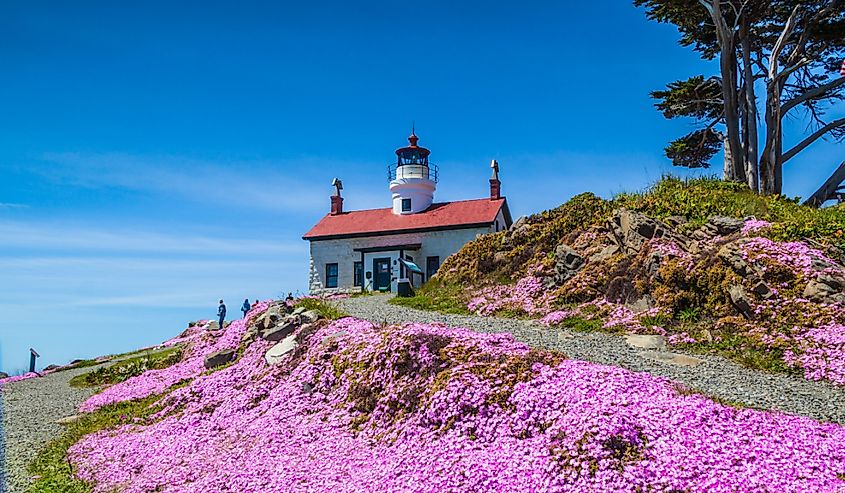
The median home price in Crescent City is about $366,000. Housing includes weathered cottages west of A Street and newer manufactured homes inland, near Washington Boulevard. Retirees favor Beachfront Park for its flat walking paths, whale mural, and access to the Crescent City Cultural Center. The Del Norte County Historical Society operates out of the 1926 jailhouse and displays Tolowa basketry, logbooks from early salmon canneries, and Civil War correspondence. At SeaQuake Brewing, retirees order chowder bread bowls and Dungeness crab salad. Summer temperatures stay in the 60s, and many residents don’t install air conditioning at all.
From redwood-shadowed dock towns to high desert rail hamlets, these nine pockets prove California still offers affordable comfort without sacrificing pulse or pedigree. Each community pairs medical access with pastime, cider orchards, river levees, rail loops, canyon overlooks, so retirees can choose rhythms as varied as the landscape. Pension-friendly prices seal the bargain; the only decision left is whether your sunset should set behind foghorns, boulders, or gold-rush brick, windmills, vineyards, lighthouses.

